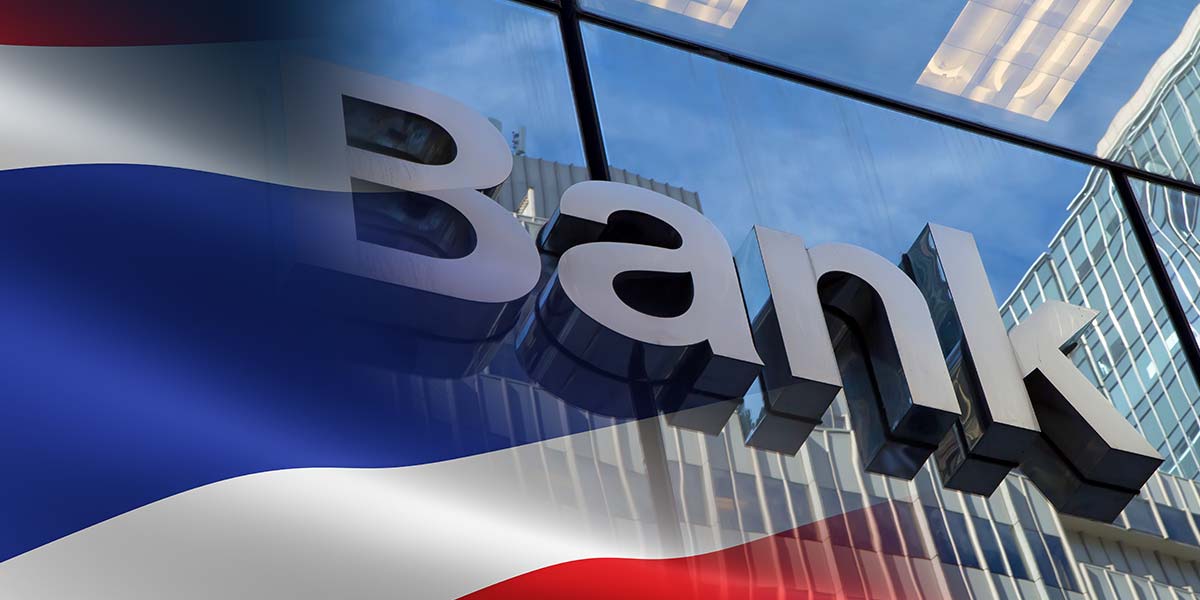On Wednesday, October 8, 2025, Thai banking stocks demonstrated resilience, with several leading counters closing in positive territory after the Bank of Thailand (BOT) unexpectedly decided to maintain its policy interest rate at 1.50%. The decision surprised markets, as many had anticipated a rate cut to help counter economic challenges driven by a strong baht and continued U.S. tariffs.
According to closing data, a majority of the listed major banks ended the day with gains. Bangkok Bank (BBL) rose by 1.01% to THB150.50 per share, while Kasikornbank (KBANK) advanced 0.90% to THB167.50 per share. Krung Thai Bank (KTB) saw its stock increase by 0.81% to THB25.00, and SCB X (SCB) posted a notable gain of 1.97%, closing at THB129.50 per share. Kiatnakin Phatra Bank (KKP) outperformed peers with a 2.94% rise to settle at THB61.25 per share. Meanwhile, TCAP recorded a modest gain of 0.50% to THB50.50 per share.
Only a few banks, such as CREDIT (-0.59%) and BAY (-0.42%), finished lower. LHFG, TISCO, and TTB all closed unchanged.
The central bank’s decision to hold rates runs counter to the expectations of over 70% of economists surveyed in a recent Reuters poll, who had forecasted a 25 basis point cut to 1.25%. The Monetary Policy Committee (MPC) voted by a margin of five to two in favor of keeping the benchmark rate unchanged. Mr. Sakkapop Panyanukul, Secretary of the MPC, stated that the committee’s focus was on the timing and effectiveness of monetary policy, taking into account the limited policy choices currently available.
In explaining its rationale, the BOT cited expectations that Thailand’s economy will continue to grow in 2025 and 2026, consistent with previous projections. The bank pointed out that while Thai exports are facing headwinds from U.S. trade measures, and both tourism and domestic demand have shown some softness, these sectors are predicted to recover gradually in the coming periods. Inflation is also expected to remain low, attributed to ongoing declines in energy and food prices.
Despite the maintenance of a supportive monetary policy stance, some MPC members indicated that further measures may be necessary to improve financial conditions, secure liquidity, and ease debt burdens for SMEs and at-risk households.
Credit growth has recently contracted, mainly due to subdued demand from large corporations facing economic uncertainties and cautious lending toward riskier borrowers, especially SMEs and low-income households. The MPC emphasized the need for targeted financial measures to aid vulnerable groups and affirmed its commitment to closely monitoring credit trends and local currency fluctuations.
Overall, the BOT aims to strike a delicate balance between supporting economic growth and safeguarding financial stability by adapting its policy to ever-changing economic realities.





